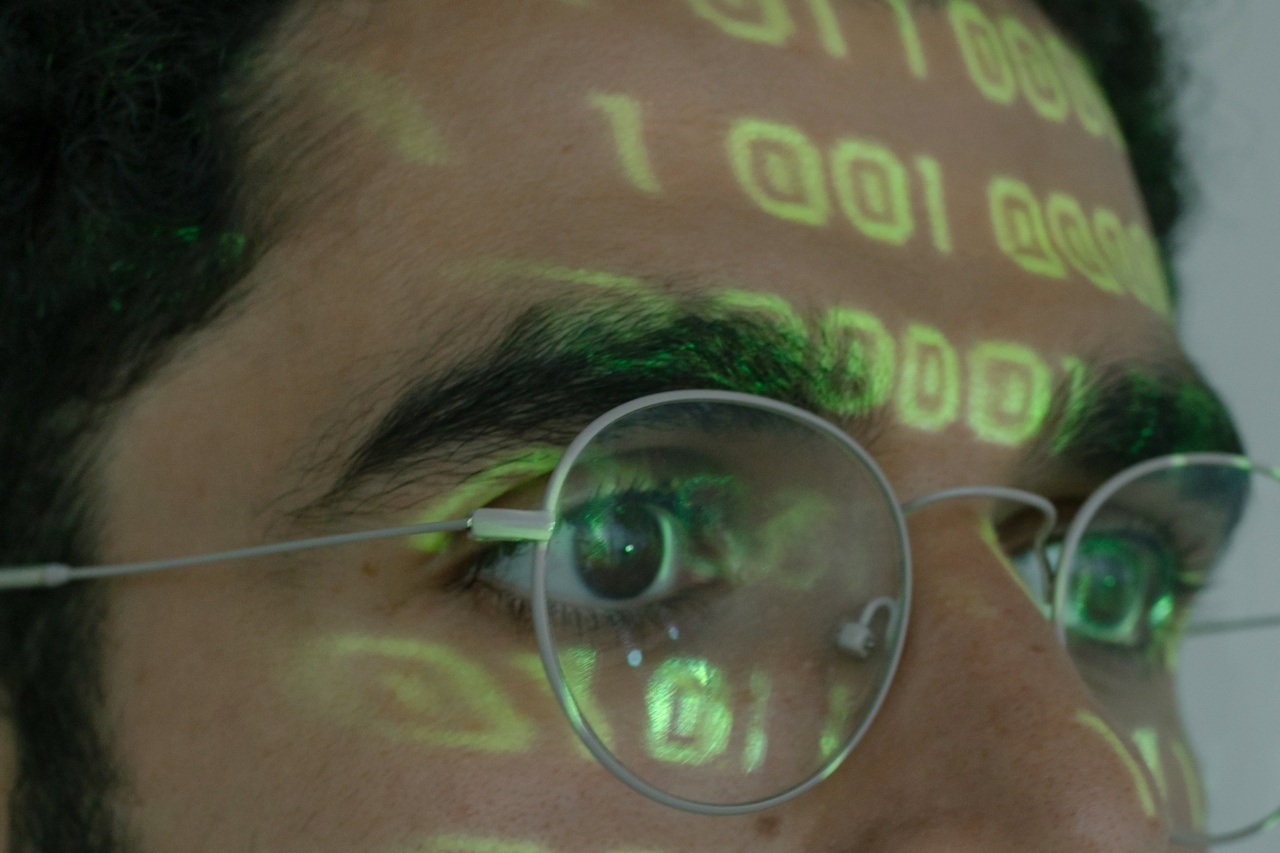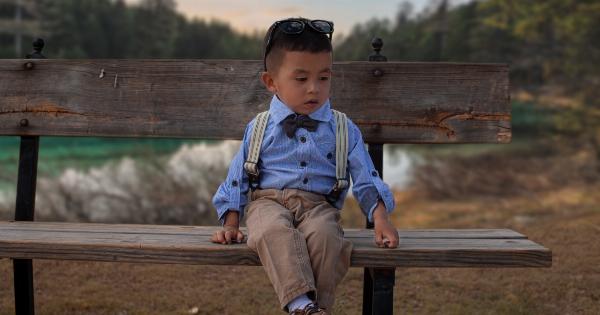The sun’s rays can be harmful to everyone’s eyes, including children. As parents, it is our responsibility to ensure that our children’s eyes are well-protected against the damaging effects of the sun.
One simple and effective way to do this is by providing them with sunglasses specifically designed for kids.
The importance of protecting children’s eyes
Children’s eyes are more vulnerable to the harmful effects of the sun’s ultraviolet (UV) rays compared to adults. This is because their eyes are still developing and have clearer lenses, allowing more UV radiation to reach the retina.
Prolonged exposure to UV rays can lead to various eye conditions and diseases later in life, such as cataracts, macular degeneration, and even cancer.
According to the American Academy of Ophthalmology, nearly half of a person’s lifetime exposure to UV rays occurs before the age of 18. This highlights the importance of starting eye protection from an early age.
By providing your children with sunglasses, you can significantly reduce their risk of developing these eye-related problems in the future.
Choosing the right sunglasses
When shopping for sunglasses for your children, there are a few key factors to consider:.
1. UV protection
Ensure that the sunglasses you choose provide 100% UV protection. Look for sunglasses labeled with UV400 or 100% UV protection to verify their effectiveness in blocking both UVA and UVB rays.
2. Wraparound style
Opt for sunglasses with a wraparound style that covers the entire eye area. This design helps to block out more sunlight from entering the eyes from the sides, reducing the risk of UV rays reaching the eyes indirectly.
3. Impact-resistant lenses
Kids tend to be more active and prone to accidents, so it’s essential to choose sunglasses with impact-resistant lenses. This will protect their eyes from any potential injuries caused by falls or other mishaps.
4. Comfortable fit
Make sure the sunglasses fit your child comfortably. Look for adjustable straps or rubberized frames to ensure a secure fit without causing discomfort or leaving marks on their face.
5. Age-appropriate design
There are various styles and designs of sunglasses available for children. Let your child choose a pair they like, as they will be more likely to wear them consistently.
Consider their age and activities when selecting the design to ensure the sunglasses meet their needs.
Teaching children the importance of wearing sunglasses
Instilling the habit of wearing sunglasses in your children can sometimes be challenging, but it is important to make them understand the significance of protecting their eyes. Here are a few tips to help:.
1. Lead by example
Show your children that you prioritize eye protection by wearing sunglasses yourself. Children often imitate their parents’ behavior, so if they see you wearing sunglasses regularly, they are more likely to do the same.
2. Explain the dangers of UV rays
Talk to your children about the harmful effects of UV rays on their eyes. Use simple and age-appropriate language to explain how sunglasses can keep their eyes safe and healthy.
3. Make it fun
Involve your children in the process of choosing sunglasses. Take them shopping and let them pick out a pair that they like. Allow them to express their personal style while ensuring the sunglasses meet the necessary protective requirements.
4. Encourage consistent use
Make wearing sunglasses a non-negotiable habit for your children whenever they are outdoors, especially during peak sunlight hours. Reinforce the importance of consistent use and explain that it is a year-round practice, not just for the summer months.
The benefits of sunglasses for children
Providing your children with sunglasses offers several benefits:.
1. UV ray protection
Sunglasses act as a barrier between your children’s eyes and harmful UV rays, reducing the risk of long-term eye damage.
2. Reduced squinting
Squinting in bright sunlight is a natural response to protect the eyes. By wearing sunglasses, your children can enjoy their time outdoors without constantly squinting, allowing them to see more clearly and comfortably.
3. Preventing eye strain and fatigue
Exposure to bright sunlight can cause eye strain and fatigue, leading to discomfort and reduced visual acuity.
Sunglasses help to minimize these effects, allowing your children to enjoy outdoor activities for longer periods without experiencing eye strain.
4. Shielding against environmental elements
Sunglasses provide a shield against dust, wind, and other environmental elements that can cause eye irritation and dryness. They offer additional protection against potential eye injuries from flying debris or small particles.
5. Fashion statement
Wearing sunglasses can be a fun fashion statement for children. Letting them choose their own pair allows them to express their individual style while still ensuring their eyes are protected.
Overall eye health for children
Sunglasses are just one aspect of maintaining your children’s overall eye health. Regular eye check-ups with an optometrist are crucial to identify any potential eye problems and ensure your child’s vision is developing as it should.
In addition to wearing sunglasses, encourage your children to follow these eye-healthy habits:.
1. Limit screen time
Excessive screen time can strain the eyes. Encourage breaks from screens every 20 minutes to help prevent eye fatigue. The 20-20-20 rule can be a helpful guideline: every 20 minutes, look at something 20 feet away for at least 20 seconds.
2. Maintain a balanced diet
A healthy diet rich in fruits, vegetables, and omega-3 fatty acids is essential for good eye health. These nutrients support proper eye development and help prevent age-related eye diseases.
3. Encourage outdoor play
Outdoor play provides various benefits to both physical and visual development. Spending time outdoors helps reduce the risk of nearsightedness and promotes overall eye health.
Conclusion
Protecting your children’s eyes from the harmful effects of the sun should be a top priority as a parent.
By providing them with sunglasses specifically designed for kids and making it a habit for them to wear them consistently, you can significantly minimize their risk of long-term eye damage. Remember to choose sunglasses that offer 100% UV protection, a comfortable fit, and age-appropriate designs. In addition to sunglasses, promote other eye-healthy habits and ensure regular eye check-ups to maintain optimal eye health for your children.




























